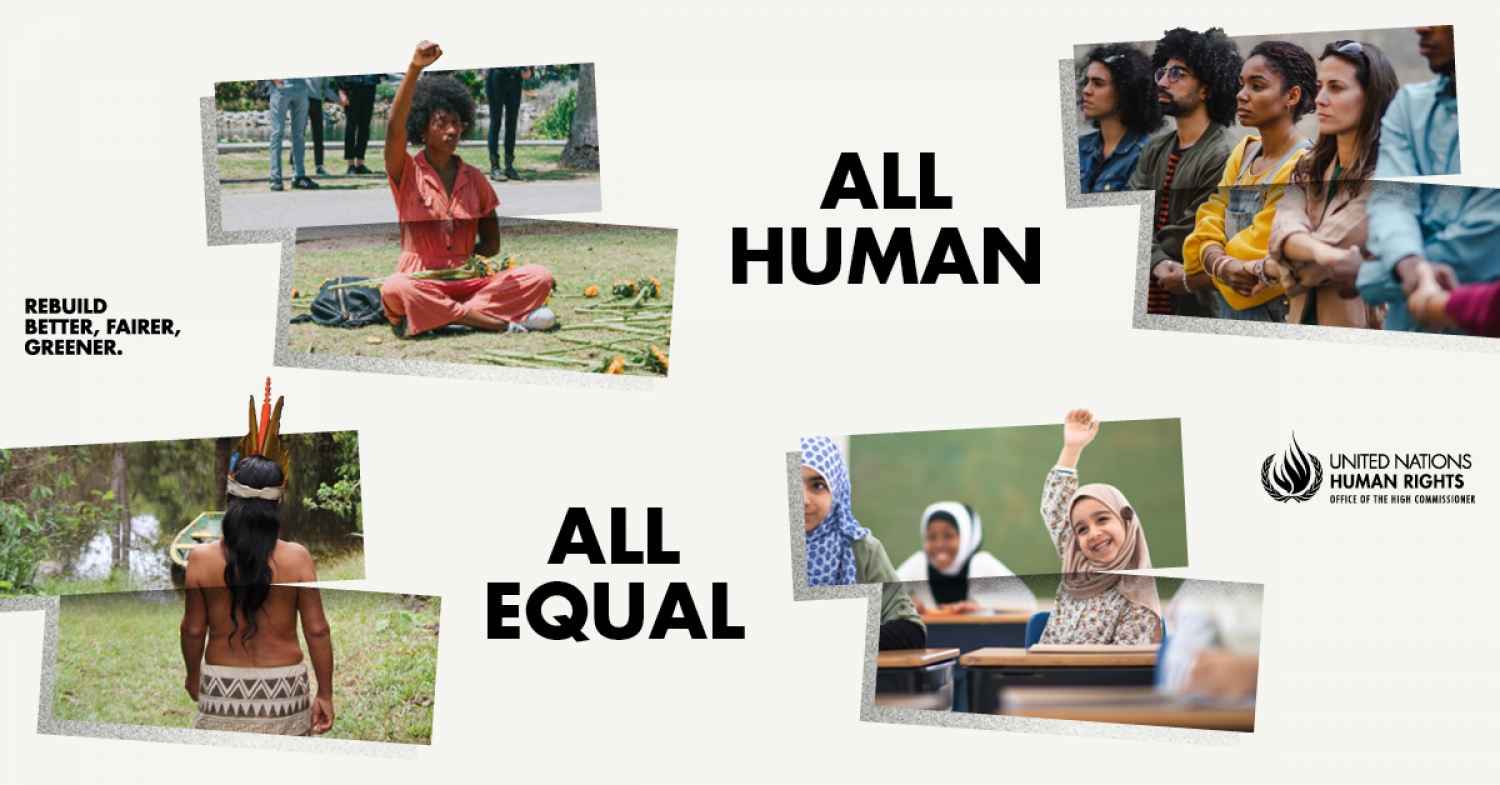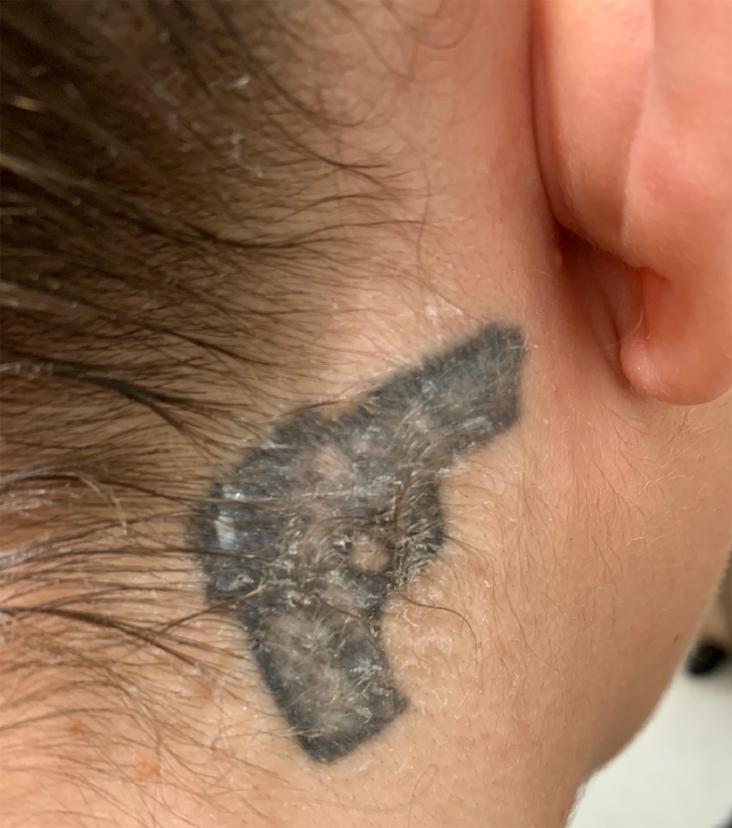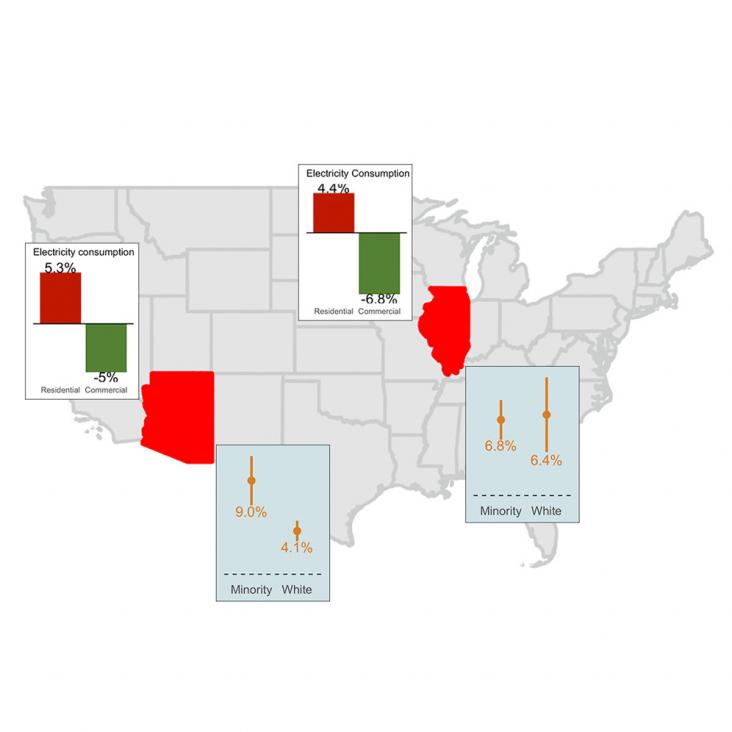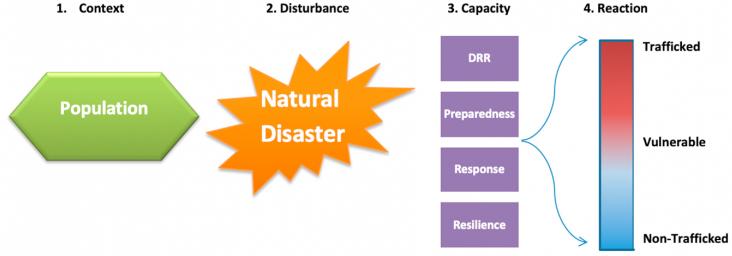
Human Rights Day is observed every year on 10 December — the day the United Nations General Assembly adopted, in 1948, the Universal Declaration of Human Rights (UDHR). The UDHR is a milestone document, which proclaims the inalienable rights that everyone is entitled to as a human being - regardless of race, colour, religion, sex, language, political or other opinion, national or social origin, property, birth or other status. Available in more than 500 languages, it is the most translated document in the world. To create awareness, Elsevier has compiled a Special Issue of journal articles which are freely available to read.
Journal of Responsible Technology, Volume 4, 2020, 100005
International Journal of Women's Dermatology, Volume 7, December 2021
Human trafficking is a global problem that affects millions of people every year. Victims of trafficking are often subject to various forms of abuse, including physical violence and sexual exploitation. Identifying victims of trafficking is crucial in combating this issue, and one way to do so is through the observation of skin signs.
The Lancet Planetary Health, Volume 5, August 2021
Asian Nursing Research, Volume 15, December 2021
Purpose: The purpose of this study was to explore male nurses’ experiences of workplace gender discrimination and sexual harassment in South Korea. Methods: Phenomenological qualitative methodology exploring male nurses’ experiences was employed to collect data, and thematic analysis of the data was conducted. Research subjects were recruited by convenience and snowball sampling. Ten male nurses participated in individual in-depth interviews via mobile phone. Data were collected from June 15 to July 24, 2020.






